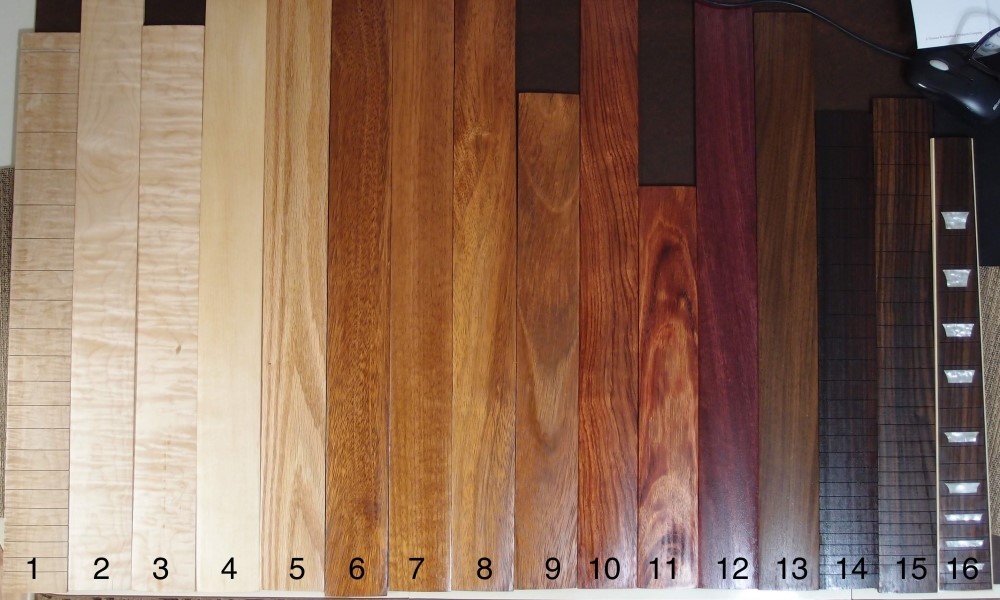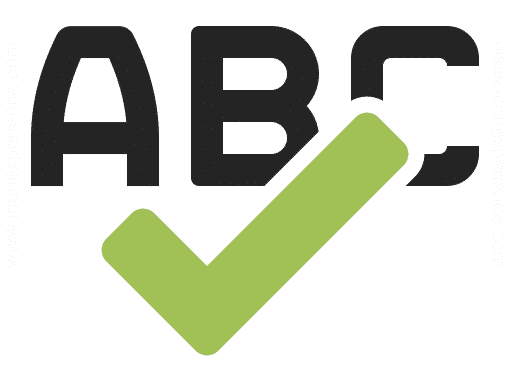Fret Wire

Bulk fret wire is available in a variety of sizes on eBay, and I see no difference between the bulk wire and pre-cut Fender frets, except the cost - you can fret a neck for less than half the price. It is really not much more work, especially if you are doing a bound neck that requires a lot of fussing.
You can radius it yourself with your fingers, you just want it to be over-curved so that the middle pushes down on the ends. The opposite would be bad. The first batch of wire I had was radiused ( coiled ) about 6 inches, and I used it just like that, it worked fine. Fret wire is not that stiff, and all the fussing that is made over correctly radiusing it before jamming it down into the wood is silly. That is my mechanical engineer's opinion, backed up by a lot of experience. As long as there are no actual kinks in it, almost any curve will do.


Questions or Inquiries?
Just want to say Hello? Sign the .